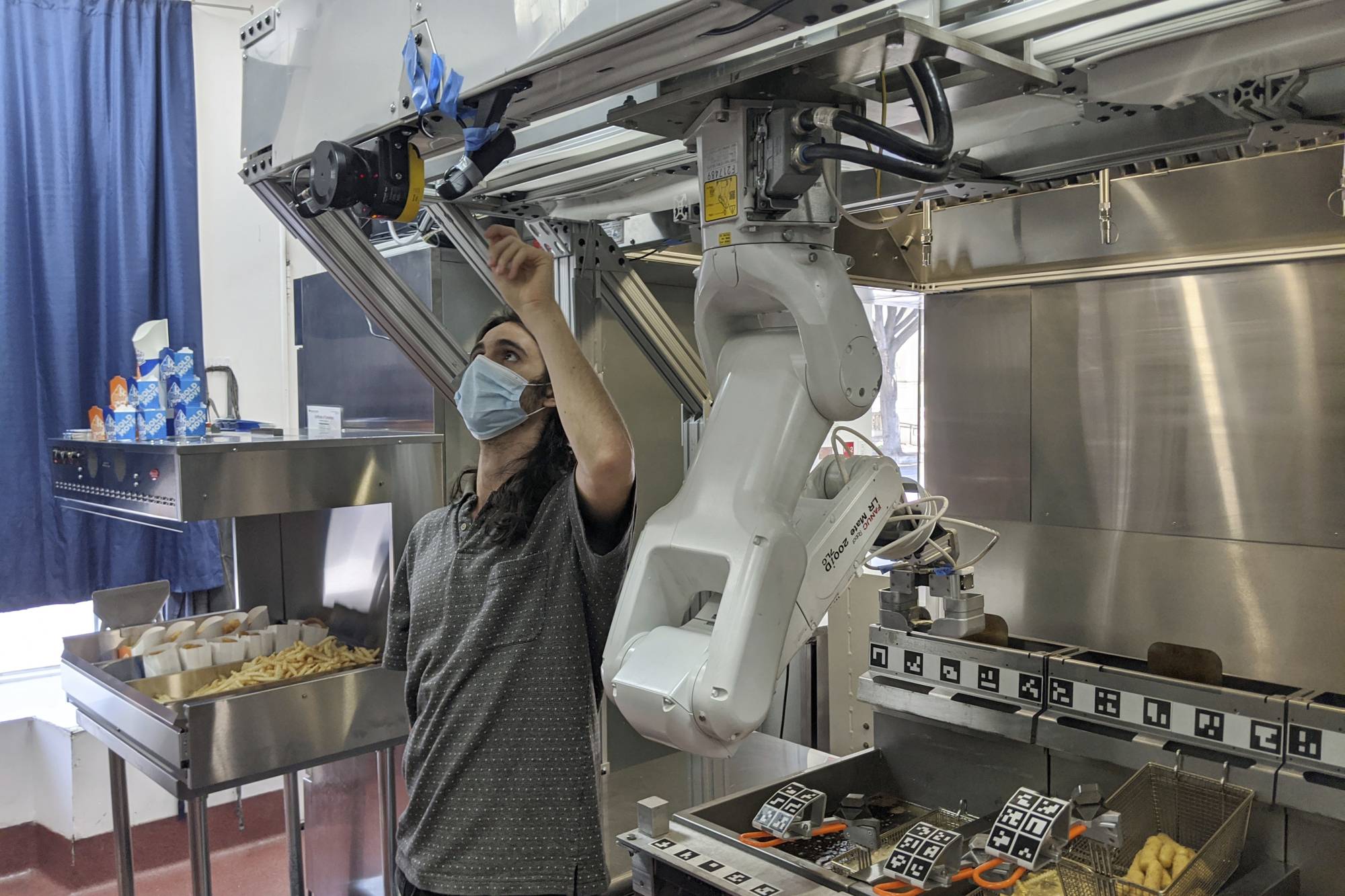The robots are no longer coming; they are here. The COVID-19 pandemic is hastening the spread of artificial intelligence, but few have fully considered the short- and long-run consequences.
In thinking about AI, it is natural to start from the perspective of welfare economics — productivity and distribution. What are the economic effects of robots that can replicate human labor? Such concerns are not new. In the 19th century, many feared that new mechanical and industrial innovations would “replace” workers. The same concerns are being echoed today.
Consider a model of a national economy in which labor performed by robots matches that performed by humans. The total volume of labor — robotic and human — will reflect the number of human workers, H, plus the number of robots, R. Here, the robots are additive — they add to the labor force rather than multiplying human productivity. To complete the model in the simplest way, suppose the economy has just one sector, and that aggregate output is produced by capital and total labor, human and robotic. This output provides for the country’s consumption, with the rest going toward investment, thus increasing the capital stock.



















With your current subscription plan you can comment on stories. However, before writing your first comment, please create a display name in the Profile section of your subscriber account page.